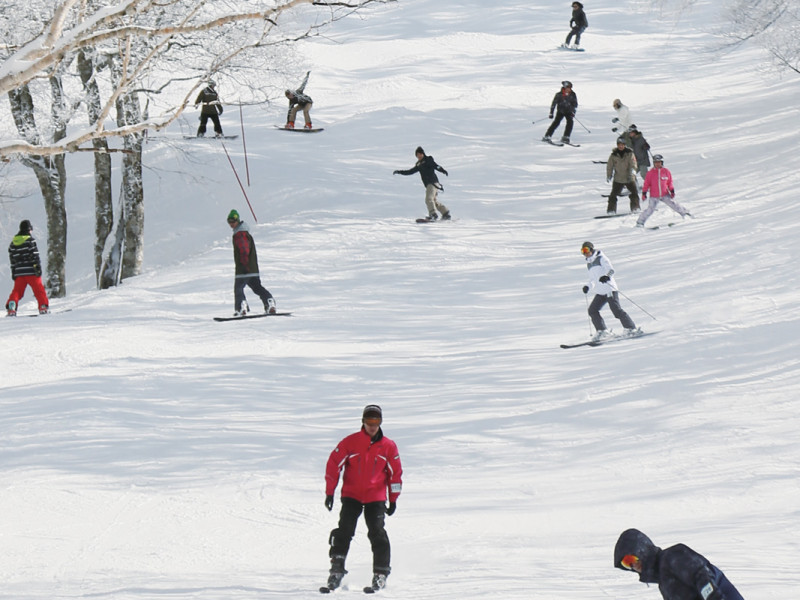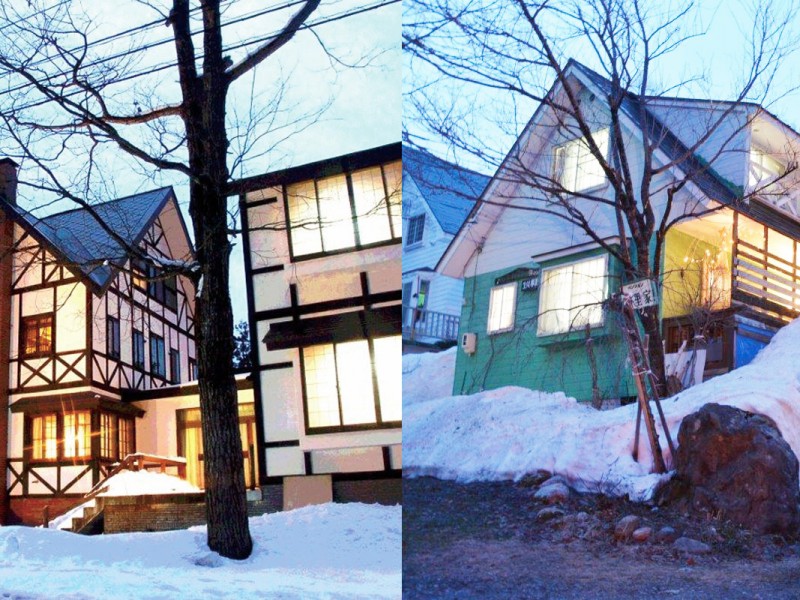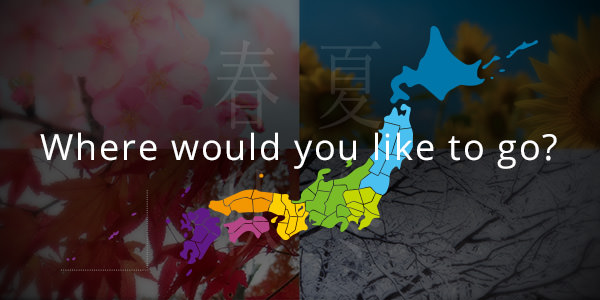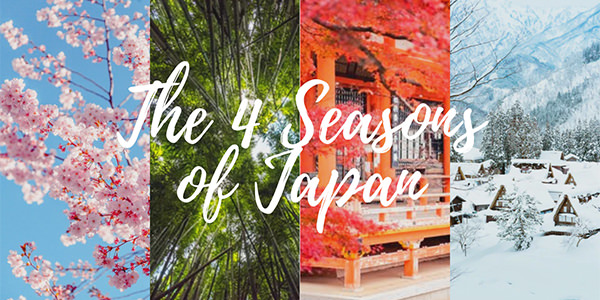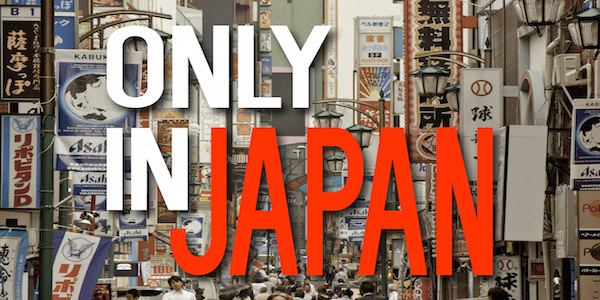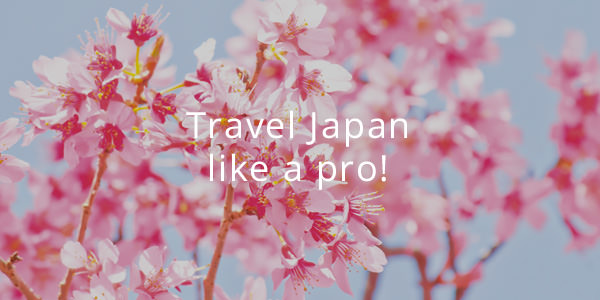Martial Arts and Japan have a rich, deep and beautiful history together, so it is to no surprise that Sumo wrestling is Japan’s national sport. Sumo is one of Japan’s most well-known sports, and a highly authentic Japanese cultural experience in and of itself. The sport from the offset seems quite simple. The wrestler who first exits the ring or touches the ground with any part of his body besides the soles of his feet loses. However, I can assure you that it is anything but simple, using leverage to throw or lift, precise footwork to find different angles, intimidation devices to assert your dominance and a plethora more subtle nuances to hopefully reach the level of Yokozuna. Matches take place on an elevated ring (土俵, dohyo), which is made of clay and covered in a layer of sand. A contest usually lasts only a few seconds, but if you are lucky, and in the rare cases, can take a minute or more. There are no weight restrictions or classes in sumo which can be quite scary, meaning that wrestlers can easily find themselves matched off against someone many times their size. As a result, weight gain and muscle development is an essential part of sumo training.

Via Japan Guide
Sumo has a beautiful rich history that can trace its roots back 2000 years. Sumo wrestlers have been traced back to between the third and seventh centuries, and the sport is mentioned in the myths and legends of the Kojiki and Nihonshoki (古事記, 日本書紀, Japanese history books written in the eighth century). When it was time to plant the rice, sumo bouts were performed to pray for a bountiful crop or to predict whether that year’s harvest would be good. In the Nara period (710-794) and Heian period (794-1192), sumo became an event conducted at the imperial court, and bouts were performed in front of the emperor. Soon after it took its present form in the Edo period. Matches were held to raise money to construct shrines and temples or to replace bridges, and the professional sumo wrestler was born. A sport that was once enjoyed only by the rich and powerful became popular among the masses.
Some Quick Sumo Facts
- Longest match? 32 minutes with two mizu-iri (水入り, short water break)
- Most consecutive victories? 69 wins held by Futabayama Sadaji (1912–1968).
- Heaviest sumo wrestler in history? Orora Satoshi a Russian wrestler from the Republic of Buryatia (a region above Mongolia), who weighed 271 kilograms.
- How much do they earn? Base salary is decided by rank. Yokozuna make about ¥2.8 million per month with juryo division wrestlers earning about ¥1 million per month.
- What do they eat? It’s hard to write about sumo without mentioning the staple food of their diet, chanko-nabe: a protein-rich Japanese stew consisting of fish, meat and vegetables in a chicken broth designed specifically to help the rikishi gain weight. You don’t have to be a sumo wrestler to eat chanko-nabe—there are restaurants that specialise in this type of stew.

Via justonecookbook
There are many religious traditions in sumo: wrestlers sip sacred water and throw purifying salt into the ring before a match; the referee dresses like a Shinto priest, a Shinto shrine hangs over the ring. When wrestlers enter the ring they clap their hands to summon the gods. In addition to wrestlers’ colorful mawashi (廻し, belly bands) and distinctive hair styles called chonmage(丁髷) or oicho (ginkgo-leaf knot), both of which evoke images of ancient times, sumo retains many of its traditional practices, such as its dohyo (土俵, elevated straw ring), ranking system, and ties to Shinto religious ceremony.
Wrestlers in professional sumo are assigned a rank according to their division; they are then designated as a member of the east or west side. The latter determines which dressing room, and therefore which side of the ring they will enter every day they compete. The highest ranks, in descending order, are yokozuna (横綱, grand champion), ozeki (大関, champion), and sekiwake (関脇, junior champion). Yokozuna is the only permanent rank in sumo. While such men cannot be demoted due to a mediocre performance, they are expected to retire if they are not able to uphold the demanding standards of their position. Since the ranking came into existence several centuries ago, only about 70 men have ever gained promotion to yokozuna.
If you are interested in seeing sumo, and your travel dates are flexible, it’s worth going out of your way to attend a sumo basho (場所, tournament) during your trip to Japan. There are six sumo tournaments a year in Japan, three in Tokyo (January, May and September) and one each in Osaka (March), Nagoya (July) and Fukuoka (November). Tickets go on sale three weeks before the start of the tournament and often sell out. They can be bought at the stadium in advance or from the Japan Sumo Wrestling’s official website. Alternatively, a limited number of balcony tickets are sold on the day of the tournament. The Ryōgoku Kokugikan (両国国技館) in Tokyo is centrally located (take the JR Sōbu Line to Ryōgoku station). As well as the arena, with seating for 13,000 spectators, it also houses a small museum with portraits of grand champions through the ages, as well as stalls offering food, drinks, and souvenirs.

Via Japan Guide
On one of my first trips to Japan, I was very lucky to be able to experience the sumo wrestling at the Ryōgoku Kokugikan in Tokyo. It was during their September season, and truth be told, I never planned to go see the Sumo before as I was planning for the trip. I was just at the right place at the right time, and I had a day free, so I thought it would be a great chance to watch something I wasn’t too familiar with. As I didn’t have tickets, I read online that if you arrive at the stadium in the early hours, you are able to buy tickets at the ticket box, where there are a limited amount set aside for the poorly organized people, like me. So I decided to go on Day 5, which is said to be one of the more quieter days to see if I could snag a ticket, and luckily, I was able to purchase one, and wait with the other spectators until the doors opened. Coming early was a great decision, as I could stand with the fans and watch the Sumo wrestlers as they walked into the venue. Seeing the wrestler up close put me in awe of the size of the them, and how impressive they were. The Ryōgoku Kokugikan was a magnificent structure from the outside, and it was even more beautiful on the inside. As I came early, I could walk around the bottom floor of the building and come very close to the (dohyo) to see where the matches were taking place. Being apart of the audience to watch the fights was fascinating and riveting. In typical Japanese fashion watching a sporting spectacle, the crowd stays very quiet unless something impressive happens and a clap would proceed. For example, when a sekiwake (junior champion) was able to lift his leg very high up as they were to start, the crowd irrupted with a large “Awwwwwww” and then applause, to show appreciation to the range of motion that the Sumo Wrestler had. What proceeded after was the most amazing day of 8 or so hours of taking in the beautiful sport of Sumo Wrestling. Being apart of this experience was wonderful, and was an unforgettable moment of that trip to Japan.
Sumo Wrestling has long stand the test of time as combat sport that appeals to all generations, with a rich history, long preserved traditions and the spectacle of seeing the wrestlers. If you ever find yourself going to Japan, visiting one of the 6 big Sumo Tournaments is a wonderful experience, or see what is happening in your city, and you might be surprised what you can find, and see the Sumo for yourself in person.
Links and Resources
English
Japanese




